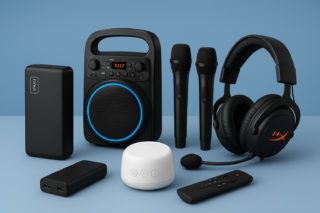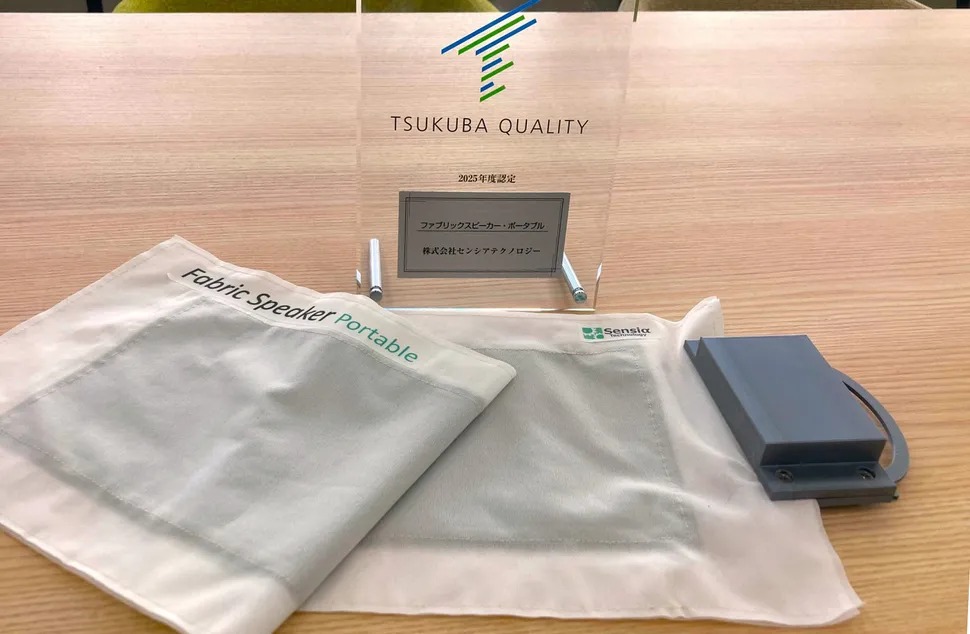Electronic waste mountains grow while rare earth mining devastates landscapes, but Ohio State researchers just found an unexpected solution in your grocery store’s produce aisle. These scientists have successfully transformed ordinary shiitake and button mushrooms into working computer memory chips, creating memristors that switch between electrical states up to 5,850 times per second according to the university’s research findings. Rather than speculating about future laptops growing on farms, this breakthrough demonstrates how biological materials could eventually supplement traditional electronics manufacturing.
The Science Behind Fungal Computing
Dehydrated mushroom tissue creates surprisingly effective electrical pathways that rival synthetic materials.
The breakthrough works by harnessing dehydrated mushroom tissue’s natural conductive properties. After removing moisture, the fungal networks create electrode pathways that mimic brain-like neural connections—essentially transforming produce into biological RAM. Unlike traditional memristors built from silicon or titanium dioxide, these organic alternatives require no rare earth metals and completely biodegrade after use, addressing critical environmental concerns in semiconductor manufacturing.
Performance Reality Check
Current fungal chips show promise but face significant scaling challenges before commercial viability.
Performance tests reveal these fungal chips retain up to 90 percent of electrical signals, matching basic RAM functionality on a biological substrate. However, signal reliability drops significantly at higher switching frequencies, where the organic materials struggle to maintain consistent performance. Current prototypes remain macroscopic—think mushroom cap size rather than microscopic chip dimensions—meaning serious miniaturization challenges lie ahead before practical integration becomes possible.
Real-World Applications on the Horizon
Edge computing and specialized sensors offer the most promising near-term applications for fungal electronics.
Potential applications span:
- Edge computing nodes
- Aerospace sensors
- Adaptive electronics where ultra-low power consumption matters more than blazing speed
The mushroom memristors maintain electrical states without continuous power, offering significant energy savings for specialized devices. Research teams are exploring networks of interconnected fungal processors that could adapt and learn like biological neural systems, though this remains conceptual rather than demonstrated technology.
Environmental Impact and Future Prospects
Biodegradable electronics could transform how we think about sustainable computing and electronic waste.
While this technology isn’t ready for consumer devices, the environmental implications extend beyond laboratory curiosities. Electronic manufacturing faces mounting pressure to reduce dependence on environmentally destructive resource extraction. Fungal memristors offer a path toward sustainable biological cultivation of computing components, where devices could theoretically decompose harmlessly rather than accumulating in landfills—assuming researchers successfully address miniaturization challenges and standardize mushroom electronic materials properties for reliable mass production.





























